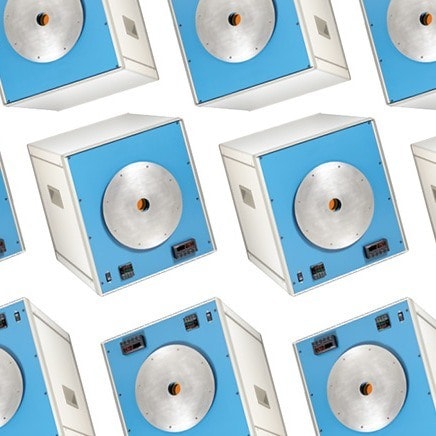What is Title 21 CFR Part 11?
Title 21 CFR Part 11 is a section within the 21st title of the Code of Federal Regulations (CFR). Title 21 CFR Part 11 provides the framework for data to be considered trustworthy to the FDA. The crux of Part 11 is that the data collected by electronic devices must be stored safely can be retrieved without any alteration.
What is NIST Calibration (for Data Loggers)?
NIST or National Institute of Standards & Technology is a non-regulatory federal agency formed in 1901 to maintain measurement standards in the US. NIST calibration for data loggers is a service provided by NIST where they calibrate data logging devices to ensure their traceability and accuracy. A NIST Certificate of Calibration is granted to the device that has been successfully calibrated.
Find out more on our calibration page.
Why do Some Temperature Loggers Include a Probe in Glycol or Buffered Solution?
Some temperature loggers must include the probe in a glycol or buffer solution to provide accurate and reliable readings. Certain vaccines require very low temperatures to stay stable; else they will start to lose effect. Hence, temperature probes are used to measure their temperature all day long. The probe is placed in a glycol solution to prevent variables like airflow or temperature loss due to the opening and closing of the refrigerator door. Glycol is preferred because it has a very low freezing temperature making it suitable to work within a broad range of temperatures.
CDC recommends the use of an air-probe or a probe designed specifically for ultra-cold (dry-ice) temperature monitoring as buffered solutions may have warmer freezing points.
What is a Vaccine Cold Chain?
A vaccine cold chain is a network created by cold storage, freezers, vehicles, and carriers. The purpose of the cold chain is to store the vaccines in their rated temperature from the point of manufacture until administration. Man and machine must work in unison to maintain the cold chain of vaccines, especially in cases that involve ultra-low temperatures.
Why is the Vaccine Cold Chain Important?
A vaccine cold chain starts from the manufacturer's cold storage and ends when it reaches the patient. If not strictly followed, the vaccine can lose its potency once it dips above or below its storage temperature. A cold chain is possible through correct transportation, handling, and storage.
What is the Process for Re-Calibration?
Recalibration is the process of ensuring that the data logger or measurement device can produce repeatable and accurate values. The recalibration process involves comparing the digital data logger against another calibrated reference. The two data loggers are placed in an environment where the temperature is varied at specific intervals. Then, the measurements of the two devices are compared. Since one data logger is highly precise, variations in the data logger being tested, if any, will be fixed. CDC states that calibration testing is necessary for Temperature Monitoring Devices (TDMs) every one to two years or according to the manufacturer’s own recommendation.
What are the Latest CDC COVID Vaccines Updates?
The latest CDC Vaccine Update on COVID provides us with a comprehensive guide on sourcing the vaccine to efficiently transporting it to the vaccine centers. Here CDC has mentioned recommended and best practices to ensure that the COVID vaccine is appropriately handled and transported to different parts of the country. Some sections of the update also provide procedures to follow in case of emergencies. Read more about the update here.
How Long Will Vaccine Providers Need to Store Data?
According to the CDC, temperature readings collected from the digital data loggers should be stored for at least 3 years, unless state or local statues require a longer period.

